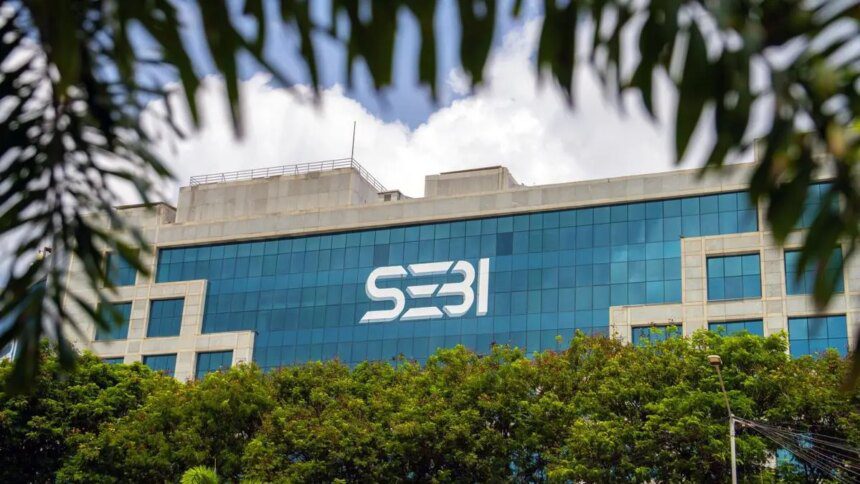The Securities and Exchange Board of India (SEBI) is revising its method for calculating the order-to-trade ratio (OTR) for options, shifting from a model linked to strike prices to one based on option premiums, according to sources familiar with the matter.
Under the new framework, only orders placed beyond ±40 percent of the option premium or ₹20—whichever is greater—will be counted toward the OTR. This revision aims to enhance scrutiny for liquid, high-premium contracts while allowing greater flexibility for low-premium or illiquid contracts.
OTR is a metric that compares the total number of orders, including modifications and cancellations, to actual trades executed by an algorithmic trading member over a specified period. It is designed to discourage large orders that could distort pricing or overwhelm exchange systems.
Earlier this year, SEBI had contemplated a model that would compute the OTR based on orders exceeding ±0.75 percent of the last traded price (LTP), rather than its current method of linkage to both the strike price and LTP. However, feedback from industry groups raised concerns that this approach would unfairly inflate OTR counts for low-premium contracts.
In April, the regulator examined OTR data across two trading days under various scenarios and discovered that a considerable portion of contracts fell within very low-price categories. One industry source noted, “If strike price plus LTP of the option contracts is used, it gives a very large band for placing orders that don’t count towards OTR.” The revised proposal instead aligns the calculation with premiums, ensuring that only orders significantly distanced from the option price are taken into account. The flat ₹20 threshold ensures that smaller contracts are not unduly penalized for minor price fluctuations. An inquiry sent to SEBI for comments went unanswered.
Additionally, orders from designated market makers may be excluded as they primarily offer continuous bid and ask quotes to enhance liquidity in contracts, without being responsible for trades executed by counter-parties. SEBI also contemplated employing theoretical prices as a substitute for LTP for contracts that remain untraded over a certain period using models like Black-Scholes; however, this was dismissed following industry concerns regarding the complexity and fairness of such a methodology.
The proposal to amend the OTR calculation method will undergo industry committee reviews before final approval, and it will also introduce higher penalty structures tied to OTR violations. For instance, the penalty for a daily OTR of 50 to 250 orders per trade will increase from 2 paise to 10 paise per order. The next tier, ranging from 250 to 500, may escalate from 10 paise to 20 paise; for 500–1,000, it could shift from 15 paise to 25 paise; from 1,000–2,000, from 20 paise to 50 paise; and above 2,000, it may rise from 25 paise to 75 paise.










